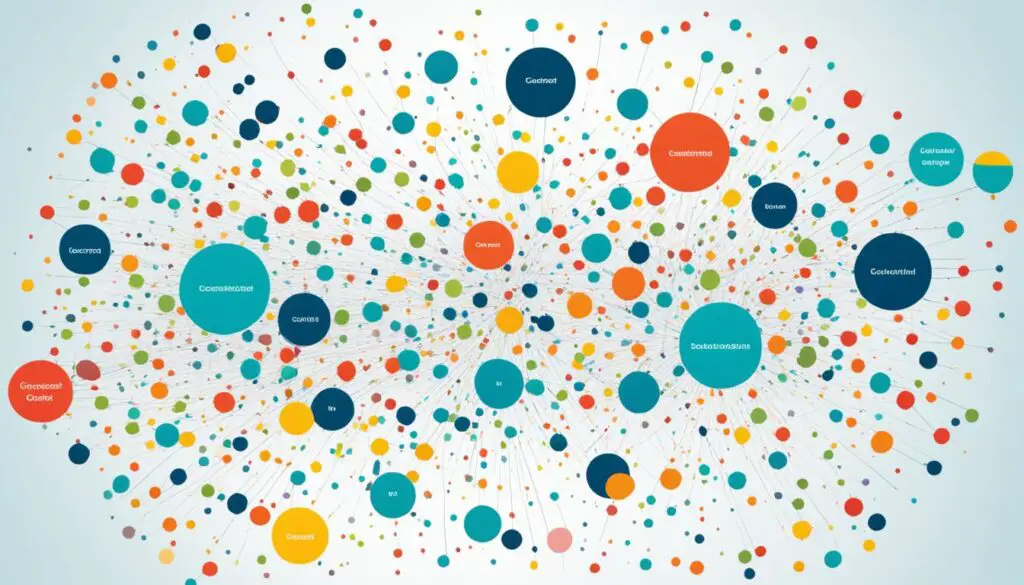Hey there, welcome to my blog post about cross-sectional research designs. I’ll dive into the various methods and how these designs are applied. These studies help us check the spread of diseases, find links between what we’re exposed to and what happens, and do surveys with large groups.
In contrast to other study types, cross-sectional research looks at outcomes and exposures at the same time. People are picked based on certain criteria, not because of their health issue or what they’ve been exposed to. This method is great for checking how common diseases are in hospitals and planning future studies.
Cross-sectional studies offer a lot of info on diseases and associations but can’t always show cause and effect. Because they’re a one-time look, it’s smart to be careful and not jump to conclusions. They can also be influenced by certain biases, but they’re faster and cheaper than longer studies like cohorts.
So, whether you’re just starting to learn about these designs or want to know more, you’re in the right place. I aim to give you a thorough rundown on how cross-sectional studies work and their benefits. Let’s get started!

Key Takeaways:
- Exploratory research designs, such as cross-sectional studies, are valuable in assessing the prevalence of diseases and the associations between exposure and outcomes.
- Cross-sectional designs involve measuring both the outcome and exposure variables simultaneously.
- These designs are suitable for population-based surveys and can aid in designing future cohort studies.
- Establishing causal relationships can be challenging in cross-sectional studies due to their one-time measurement approach.
- Transparent reporting and careful interpretation of findings are essential in cross-sectional research.
Types of Cross-sectional Research Designs
There are several types of cross-sectional research designs. Researchers choose among them depending on their goals and methods. Each design has a unique purpose, shedding different lights on the topic being explored.
Descriptive Cross-sectional Studies
Descriptive cross-sectional studies aim to show the spread and frequency of variables in a group. They give an overview of how common a phenomenon is. Also, they spot patterns or changes within a set period. This type of study serves to understand the current scene thoroughly.
Analytical Cross-sectional Studies
An analytical cross-sectional study looks deeper than just describing. It investigates how variables are linked. The goal is to test theories and find associations or possible causes between factors. With this approach, researchers dig into the reasons and links between data.
Case-control Cross-sectional Studies
In case-control studies, two groups are compared based on outcomes. The research looks for factors related to the result. It involves looking back at past exposures or conditions. Examining these differences helps to pinpoint risk or protection elements.
Cross-sectional Cohort Studies
A cross-sectional cohort study follows a group over time. It observes changes in studied variables and the effects of events or actions. Such studies provide a dynamic view of the issue over time.

These research types offer distinct insights: on how prevalent a phenomenon is, the connections between factors, and how different groups compare. They are essential for delving into various subjects and advancing our knowledge in many fields.
Considerations for Conducting Cross-sectional Research
Doing cross-sectional research means thinking about several key things. One big issue is how you gather data. You must choose the right way to collect data so it fits the research question and is high-quality. This could be through surveys, interviews, watching, or looking at data that’s already around.
Being clear in your reports is also crucial in cross-sectional research. This makes it easy for everyone to see what data was used and to understand the research’s goals and how it was done. This helps readers and researchers do useful things with the results.
Finding cause and effect in cross-sectional research is tough. These types of studies are really about looking at connections between things. It’s vital to figure out the right timing of events to know if one thing causes another. It’s important not to wrongly interpret the results.
Even though cross-sectional studies have their limits, they do help us understand cause and effect in unique ways. They can show how things change together or help control for outside factors. Understanding when to use and how to mix cross-sectional data with other study types is key.
FAQ
What is a cross-sectional study design?
A cross-sectional study design looks at both the outcome and factors affecting it at the same moment.
How is a cross-sectional study different from case-control and cohort studies?
In cross-sectional studies, we pick people based on specific rules. In contrast, case-control and cohort studies choose people based on what they’ve been exposed to or the outcomes they show.
What are the advantages of cross-sectional designs?
Cross-sectional studies work well for looking at how common diseases are in certain groups. They also tell us a lot about how prevalent certain factors or conditions are. This info helps in planning more detailed studies.
What are the limitations of cross-sectional studies?
These studies take a snapshot in time, making it hard to prove cause and effect. They can also include mistakes due to how the research is done.
What are the different types of cross-sectional research designs?
There are a few kinds of cross-sectional studies, from just looking at the numbers to exploring why things happen. Also, they may compare groups to see what leads to certain outcomes.
What do descriptive cross-sectional studies aim to do?
Descriptive studies mainly focus on showing how often certain factors or conditions appear.
What do analytical cross-sectional studies examine?
These studies look deeper than just showing numbers. They try to see if certain factors are linked or might cause certain outcomes.
What do case-control cross-sectional studies compare?
Case-control studies look at two groups to find out what’s different about them. They focus on what might lead to specific outcomes.
What do cross-sectional cohort studies involve?
These studies watch a group over time to see how things change. They are useful for understanding what influences different outcomes.
What considerations should be kept in mind when conducting cross-sectional research?
When doing this kind of research, it’s vital to pick the right ways to gather data. Also, it’s crucial to be clear about how the study was done. Always keep in mind that these studies can’t prove cause and effect outright.






